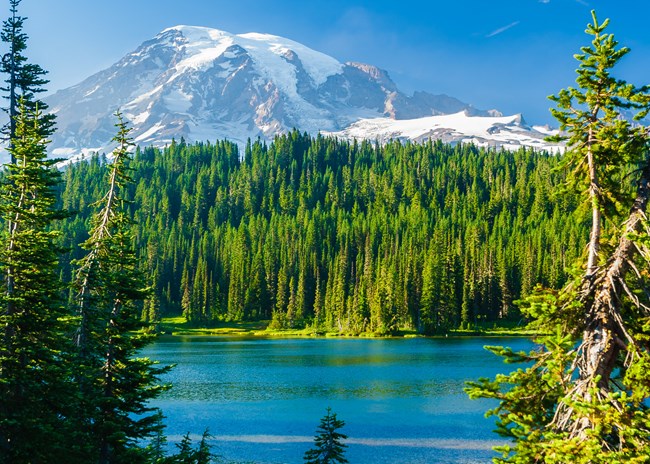“The World’s Only Wildlife Capital” is Nairobi with a 117 square kilometre National Park only seven kilometres from the city centre. On this unique urban adventure you can snap some pictures of the wide savannah with the city skyline in the background. Black rhinos are the highlight of this amazing wildlife park. It was Kenya’s first national park and is a local treasure for Nairobians.
The best way to enjoy the park is to start early in the morning so you can see the animals at their most active. You can enjoy a picnic lunch in the park and follow some of the walking trails before finishing with another game drive. If you do not have your own vehicle, you can reserve a private game drive in an open-sided KWS (Kenya Wildlife Service) safari vehicle.
We had several visits to Nairobi National Park through 2015, first in January with Richard then in February with Hasse and his family. The beautiful Saddle-billed Stork made an appearance in amongst the wildebeest and zebras, who decided the road was a good place for a dust bath. Lasse came with his family in April and Jeppe’s family in July when they came across a lion who had just killed. Elands are very common to spot in this park – they are very shy and often disappear in the other parks around Kenya. Giraffes are plenty and the birdlife is incredible. With Celia and her friends in June we saw a Leopard Tortoise, two lionesses and some buffalos getting intimate in the “Jacuzzi” (that is, waterhole). In May, Sunrise of Africa School in Kitengela had a visiting teacher from England and invited her to the park at the end of her work. Accompanying Linda was Sammy, the director of the school, and Sammy’s daughter. They enjoyed breakfast in the park in amongst their animal spotting, which included lion, eland, zebra and impala. The herbivores were all together in a clearing, looking almost like a Garden of Eden. The lion had a freshly-hunted impala which he took into the bushes to eat in peace. In 2014 Pauline and Auriole were very lucky to see about nine black rhinos in one area as well as a group of rock hyraxes. On my first ever visit I saw a bushbuck, Fish Eagle and so many hartebeest.
Co-located with the National Park are the Nairobi Safari Walk and the Nairobi Animal Orphanage, dubbed “Refuges of the Wild”. The Animal Orphanage provides refuge for injured wild animals and for young orphaned animals. The animals are treated, but sadly many will never be rehabilitated back into the wild. However, the orphanage is associated with several international breeding programs, so the work there is highly important. We visited the Animal Orphanage with Lindsay and got the best Serval Cat sighting one is likely to get. Lions, leopard and buffalo are all there, and of course plenty of monkeys run amok around the grounds. It is a bit sad to see these animals stuck behind bars when their brothers are just outside roaming free.
The Safari Walk is a raised boardwalk that gives excellent views over the national park, with observation points at waterholes where wildlife is most often found. With Xavier we walked the boardwalk and saw a cheetah lounging on the lush green grass. Xavier also had an incredible game drive in the park, spotting a lioness with a young playful cub, an ostrich sitting on his eggs, Grant’s gazelle, Secretary bird, rhino and even a leopard!
For non-Kenyan residents, it cost US$46 to enter the national park and it’s open from sunrise to sunset. Depending on the type of car that you choose, a half-day excursion can cost from US$150 per person including the park fee (price varies according the number of people in your group and the length of time you want to spend in the park). The Animal Orphanage and Safari Walk each cost US$22 to enter and are open from 8am to 6pm.





More Stories
Reddit Yellowstone Secrets: Top Tips for Your Next Adventure
Explore Our National Parks: A Guide to Nature’s Best Gems
Ultimate Guide to DPAW Camping: Adventures Await You